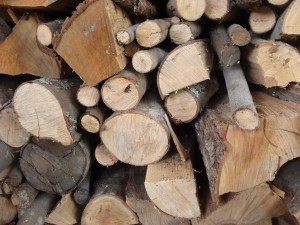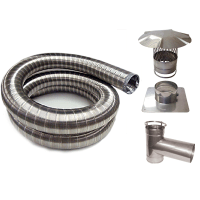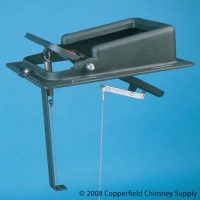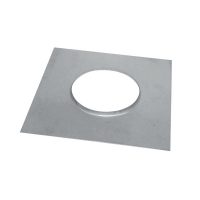Firewood Keeps You Warm
Firewood can vary as much as the weather. If you are a seasoned wood burner, chances are you already know the various types and quality of wood available. If you are new to wood burning, the following summary of some of the most common species of wood will be most beneficial for you.
What Firewood Should I Burn?
Ash, Oak, Beech, Birch, Hickory and Hard Maple are by far the best types of wood to burn. Each species of firewood burns very hot, which is a deciding factor in selecting your firewood. They also split fairly easy compared to some other wood. Since these species of firewood burn hot, they produce very little ash and creosote.
Those are not the only species of firewood that burn well. Soft Maple, Black Cherry, and Yellow Pine are not as good but still decent to burn. The Soft Maple and Black Cherry each produce a fair amount of heat and both burn well and are easy to split. They also have a low ash output. Yellow Pine is also quite a decent wood to use. One significant drawback with Pine is that it tends to smoke a lot and create creosote, and it may not be ideal for burning inside your home.
Elm, Sweetgum, Basswood, Poplar, and White Pine are all OK species. These will burn if they are dried sufficiently, but only use them if you are unable to find any of the wood mentioned above, these will work just fine. None of them have a high heat output, but sometimes some heat is better than none. These species also produce more smoke and creosote than the other types of firewood we mentioned. Elm and Sweetgum tend not to burn very well, and they are quite difficult to split. These woods should be used when you have no other choices available to you.
As is the case with any heating system, your wood-burning set-up should be installed according to all local building codes. It must be checked and maintained at least annually. This includes an inspection and cleaning of your chimney.Remember you may have to work a little extra to find good firewood, but it is all worth it to avoid a chimney fire.






